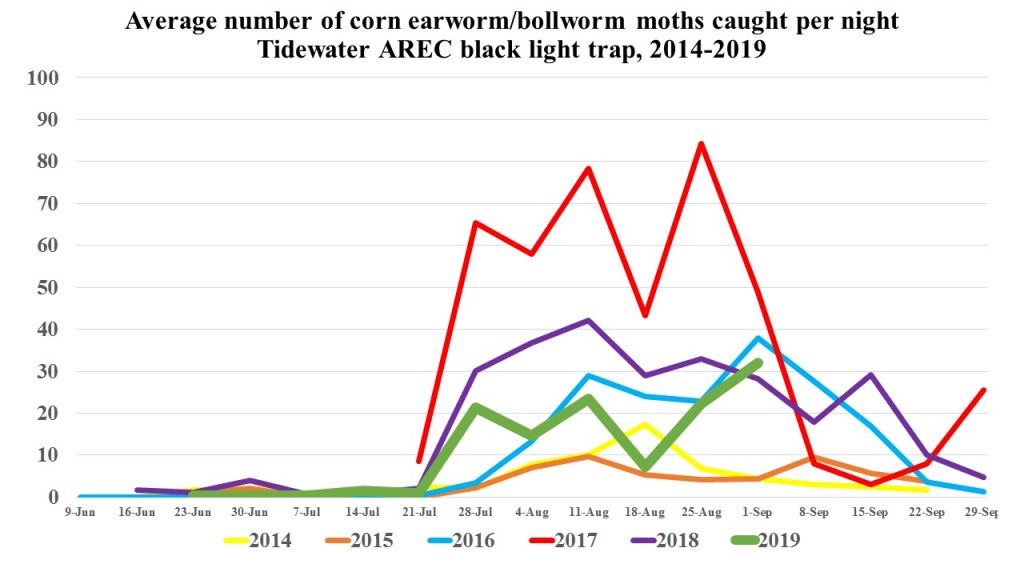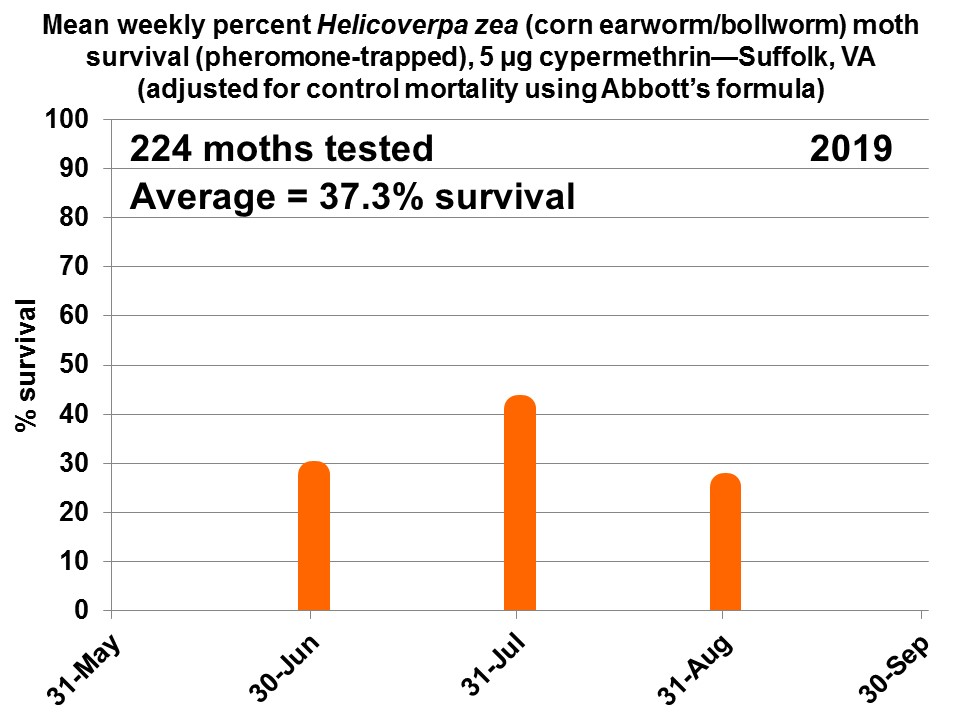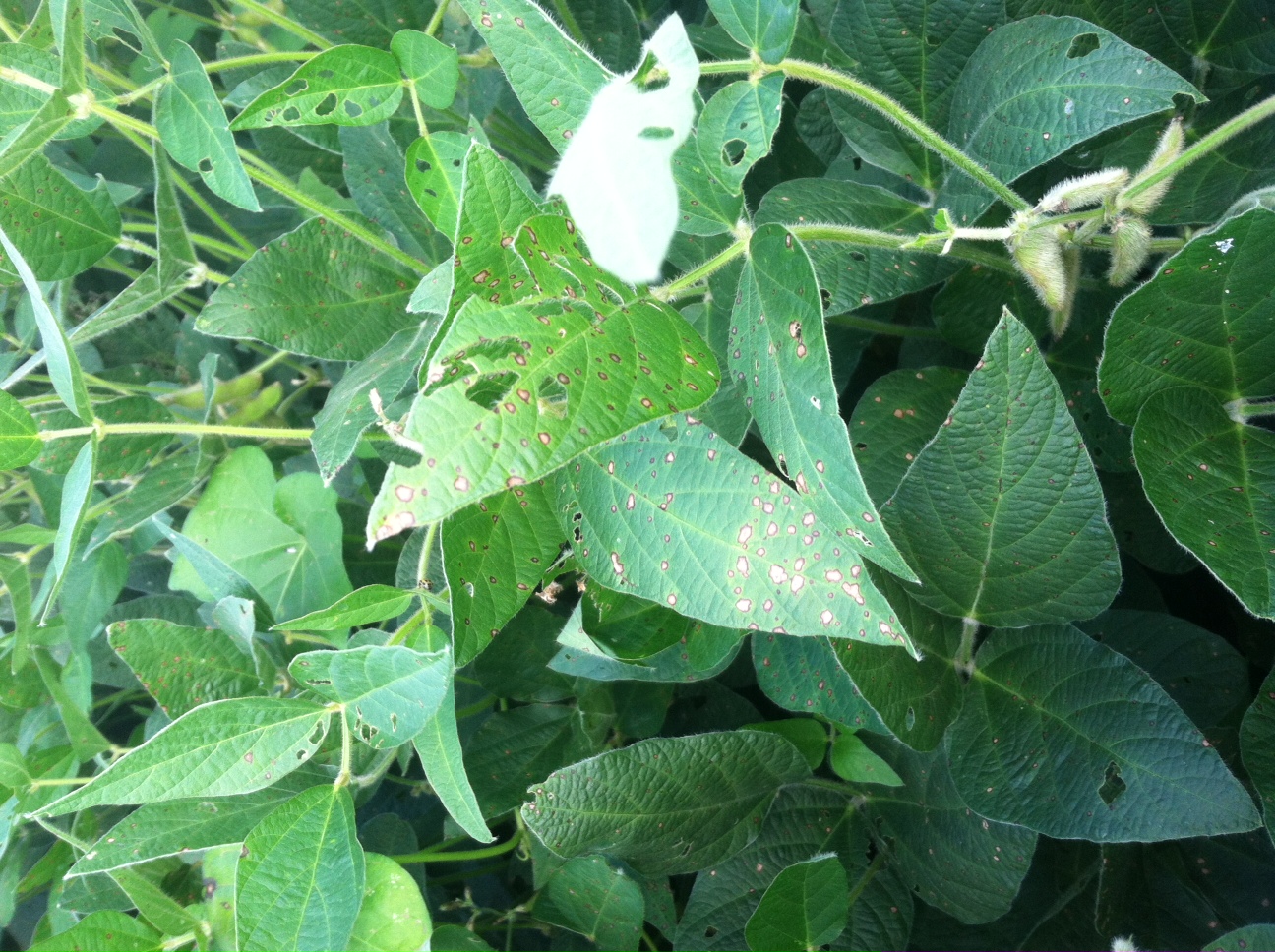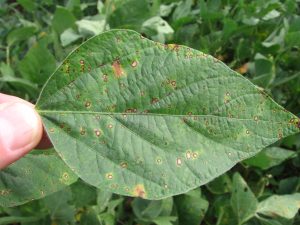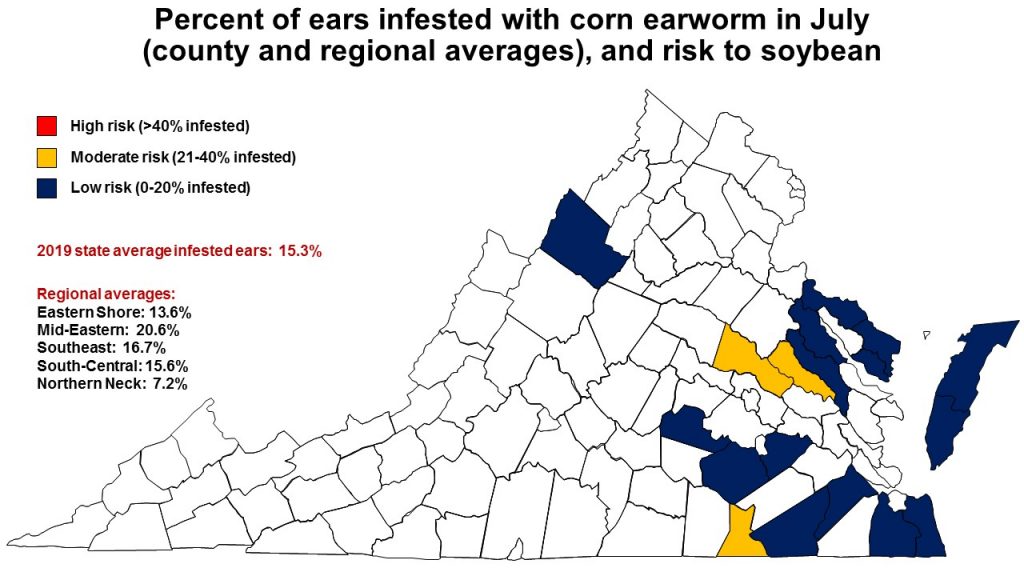The Eastern Virginia Agricultural Research and Extension Center (EVAREC) Soybean Field Day is this Tuesday, Sept. 24. The field day begins at 8:45 am and tours will begin promptly at 9:00 am. There are a number of different topics to be discussed, all supported by the Virginia Soybean Checkoff. The 2019 full-season soybean variety test will also be available for viewing. Lunch will be served by Nixon’s Catering. We look forward to seeing you there.
The EVARE is located at 2229 Menokin Road, Warsaw, VA 22572. For more information, contact Dr. Joseph Oakes, EVAREC Superintendent at 804-333-3485.
Group 1 Field Tour Schedule
- 8:45 – Welcome & Introductions; Load Trailers to ACR 2
- 9:00-9:20 – Integrated Pest Management Approach for Soybean
- Dr. Sally Taylor
- 9:25-9:45 – Food
Grade Soybean Breeding
- Mr. Nick Lord
- 9:45 – Load Trailers to Y1
- 9:55-10:15 – The
Best Maturity Group for Your Farm
- Dr. David Holshouser
- 10:15-10:30 – The
Use of UAV in Crop Research and Production
- Dr. Joseph Oakes
- 10:35-10:55 –
Roundup-Ready and Conventional Soybean Breeding
- Dr. Bo Zhang
- 11:00-11:20 – Weed
Management in Soybean
- Dr. Michael Flessner
- 11:20 – Walk to Seed Lab
Program & Speakers in the Seed Lab
- 11:40 – Begin
Indoor Program
- Dr. John Fike: VT Forage Extension Specialist – Hemp Production
- Dr. Mike Evans: VT School of Plant and Environmental Sciences
- 12:00 – Lunch is Served: Nixon’s Catering
Thank You to Our Field Day Sponsors!
Crabbe Aviation Ryan Ellis
Frazier Quarries UniSouth Genetics
James River Equipment Virginia Crop Improv. Assoc.
Montague Farms


